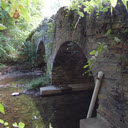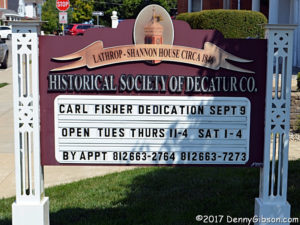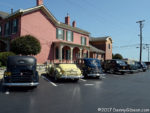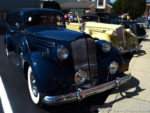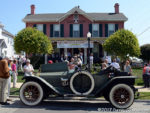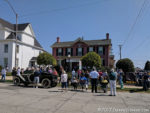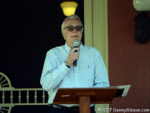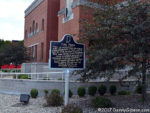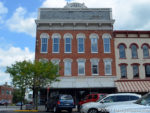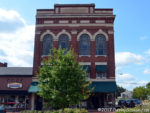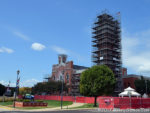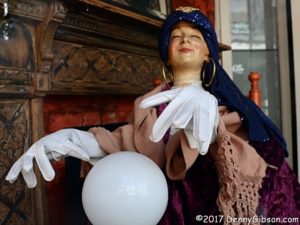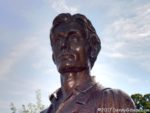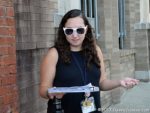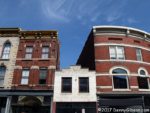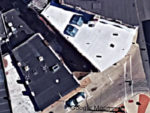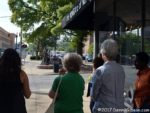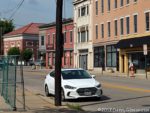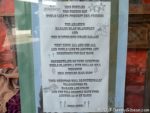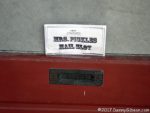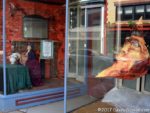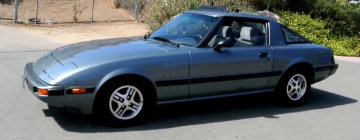 Details of timing are lacking for both this and the following My Wheels chapter. I think I’ve got the sequence right but I’m not even entirely certain of that. The two are connected by more than a lack of precision in dates but I don’t expect this chapter to explain things very well. Hopefully I’ll be able to make things clearer in the next chapter when all the pieces have been identified.
Details of timing are lacking for both this and the following My Wheels chapter. I think I’ve got the sequence right but I’m not even entirely certain of that. The two are connected by more than a lack of precision in dates but I don’t expect this chapter to explain things very well. Hopefully I’ll be able to make things clearer in the next chapter when all the pieces have been identified.
The subject of this chapter was my oldest son’s car. I cosigned the loan and he made all the payments on time and handled all other expenses, including insurance, right up until he needed it. At some point the financial load became a bit too much and he decided to sell it. No need to insure a car you’re going to sell. Right? As often happens, the decision to sell and the decision to drop insurance preceded the decision to stop driving and, pretty much on cue, there was an accident. It wasn’t a huge one and it was a single vehicle thing but it left him with something that could neither be driven or easily sold. What happened next was pretty much on cue, too. Dad the cosigner became sole owner of the undrivable, unsalable, uninsured, and unpaid for Mazda. That’s not the actual car in the photo but it’s a perfect match except for the sunroof.
I got the damage repaired and the car insured and I drove it for awhile. It was a rather a fun car to drive. The rotary engine seemed like it would accelerate — at least a little — forever. It was, however, a toy I really couldn’t afford at the time. As I said at the beginning, details of timing are lacking and some of the related details involve my second marriage and divorce. I know I had the car both before and after the short lived marriage but I’m understandably just not capable of fitting all the pieces together.
Either during or shortly after the marriage, my younger son bought the car. I’m fairly certain he did it for my benefit. He was in the Navy with no expenses. He also had no driver’s license. He hadn’t felt the need in high school and had entered the Navy on graduation. Plans were made for him to get his license then see a bunch of the country driving the Mazda to his assignment in San Diego. There was only time for one shot at a license and it was a miss. As I recall, the big dig was activating turn signals way too early but I’m guessing that a general nervousness contributed a lot. He flew to San Diego and the Mazda was parked in the garage to await his return.
Although he did eventually get his license (The Navy needed him to drive something.) he never took possession of the car. After a year or so he/I sold the car to a friend. I had let it sit idle for too long and it took some effort to get it running again. It became a daily driver for its new owner until a winter ice attack in traffic brought about its demise.
My Previous Wheels: Chapter 26 — 1986 Acura Legend
My Next Wheels: Chapter 28 — 1978? Yamaha 400


